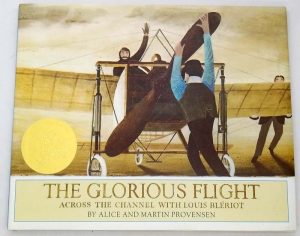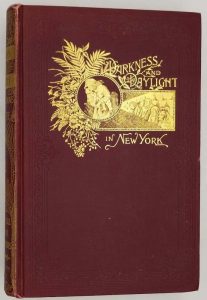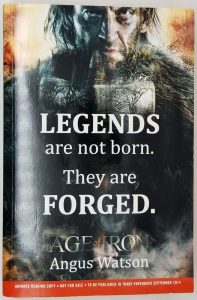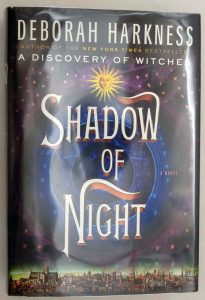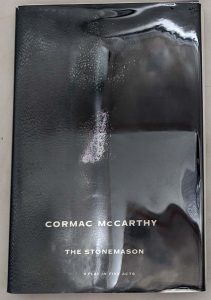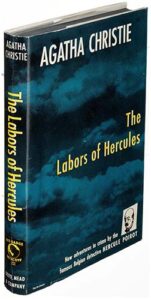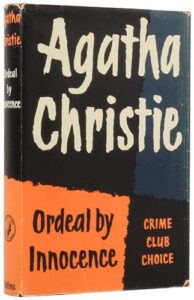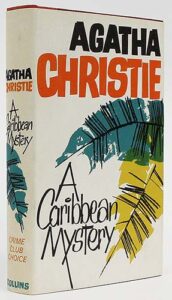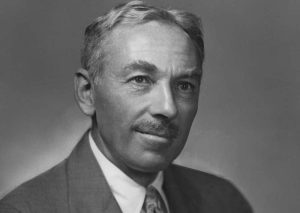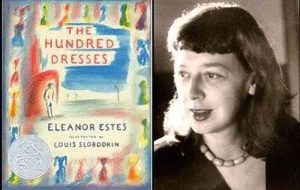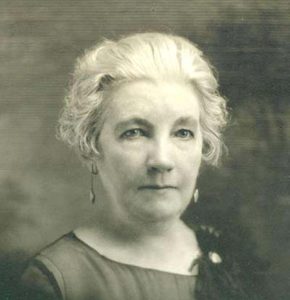Edgar: American author and illustrator 1898-1986;
Ingri: American author and illustrator, 1904-1980.
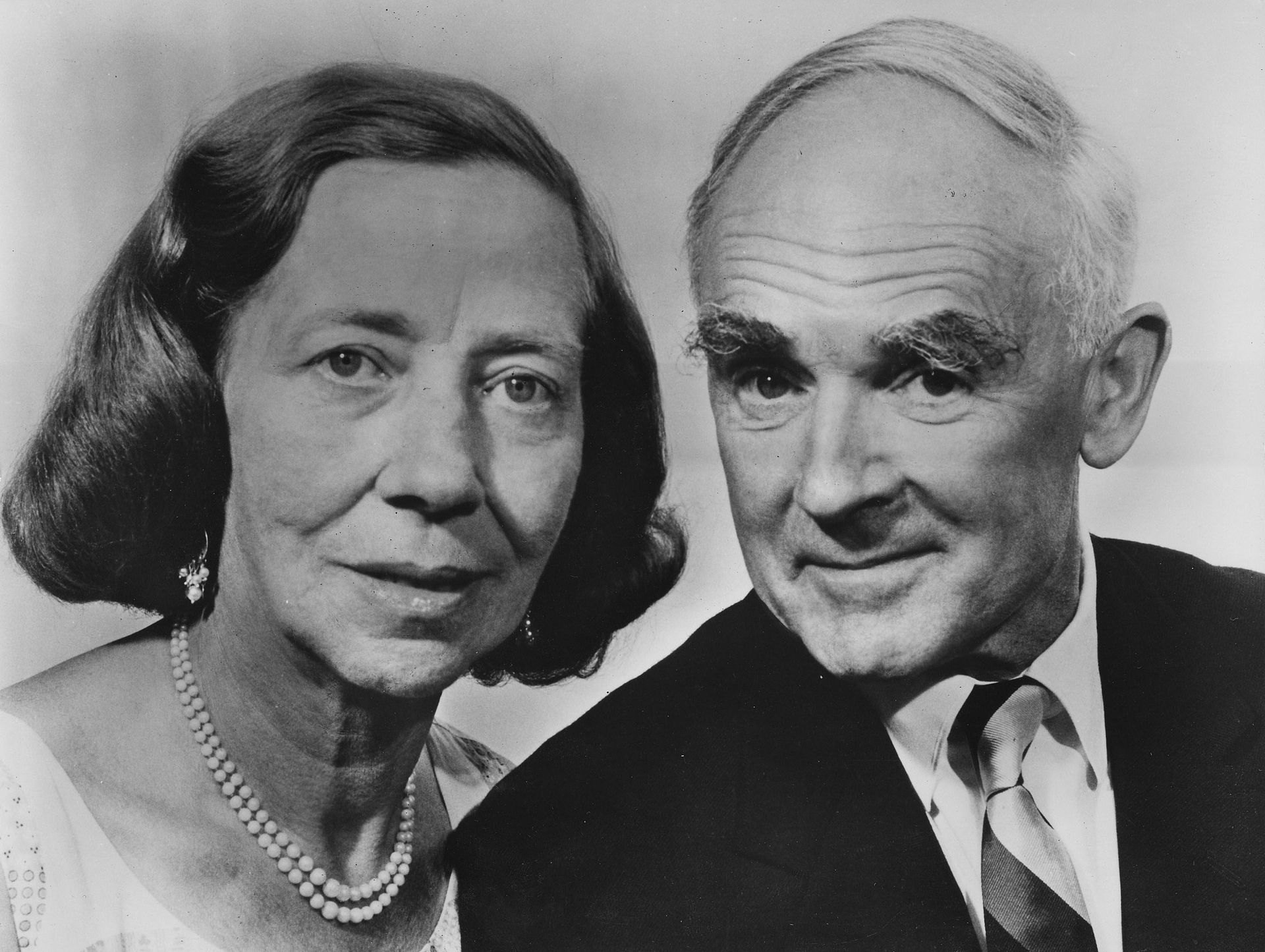
The d’Aulaires established the picture-book biography for younger children as a valued staple of library-book collections; for nearly fifty years they produced more than twenty books of outstanding craftsmanship. Their favorite subjects were heroes of American history and Norwegian culture. For their biography Abraham Lincoln (1939), they won the Caldecott Medal. Both D’Aulaires received early art education and worked with the abstract expressionist Hans Hofmann in Munich. Edgar, who was born in Munich, had illustrated German books, and Ingri Mortenson was a portrait artist. They met in Paris and were married in 1925; immigrating to the United States in 1929, they began to Create picture books together.
The style of their large, colorful, impressionistic illustrations was intended to appeal to a child’s eye. The figures have a large paper-doll quality, resembling folk art. To some the illustrations in George Washington (1936) appear stiff and lifeless, but the artists’ intention was to offer drawings that would remind children of rocking horses and toy soldiers. They included a wealth of authentic detail in their books, and their pictures have the integrity of originals with their unusual depth and richness of color.
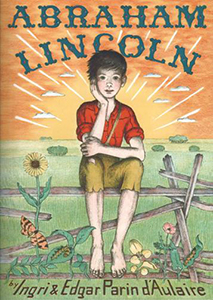
They employed the lithographic process of early craftsmen, who without cameras had worked carefully by hand. This process required that each picture be completely drawn (with no erasing possible) on a large stone, with separate drawings made for each color. Their detailed illustrations expanded their carefully developed texts. One thousand hours of research in the Louvre, the New York Public Library, and the University of Norway might be compressed into one book.
Extended camping and “tramping” trips enabled them to see and feel the prairies for Abraham Lincoln, die clear waters of the West Indies for Columbus (1955), and the hills of Virginia for George Washington and Pocahontas (1946). The biographies were inspired by the imaginative heroic tales Edgar had been told by his American mother in Germany, including some about his grandfather, who had enlisted in Lincoln’s army Some critics have seen excessive idealism in the Lincoln pictures; some have criticised the mention of George Washington’s slaves, who “kept everything spic and span.”
Others note that biographies reflect the times in which they were written and provide useful information about the ideals and legends that were valued. In fact the d’Aulaires presented balanced information for young children. Columbus must face disappointment in his failure to find a passage to India., while others succeeded. In Benjamin Franklin (1950) a selection of Poor Richard’s wise sayings adorns each page, but the reader is is told that Franklin was lucky not to be electrocuted during his experiments with lightning.
The d’Aulaires Norse culture books, which include translations of folktales and two bright, oversized books, Norse Gods and Giants (1967) and d‘Aulaires’ Trolls (1972), are authenticated in the stones and experiences of Ingri’s childhood in Norway. The large, humorous, detailed illustrations complement the subjects. A companion book to Norse Gods and Giants is Jngri and Edgar Parin d’Aulaire’s Book of Greek Myths (1962). The d’Aulaires, who were once described as “one unity with two heads, four hands, and one handwriting,” were presented the Regina Medal in 1970.
E.C.H
Source: Children’s Books and their Creators, Anita Silvey.
